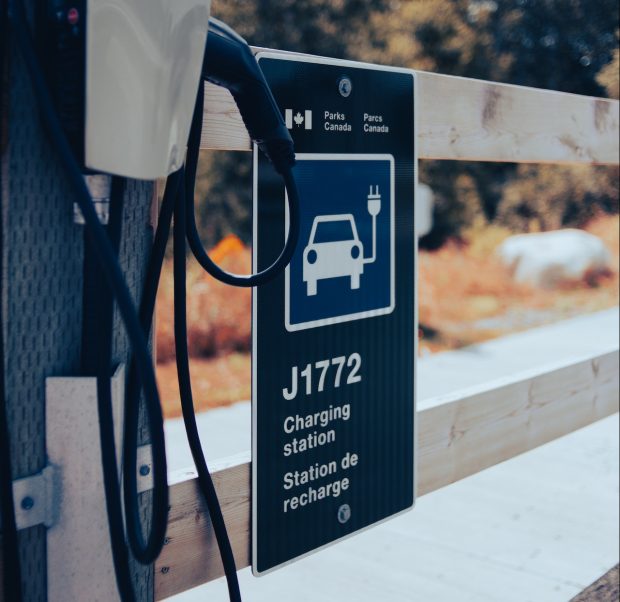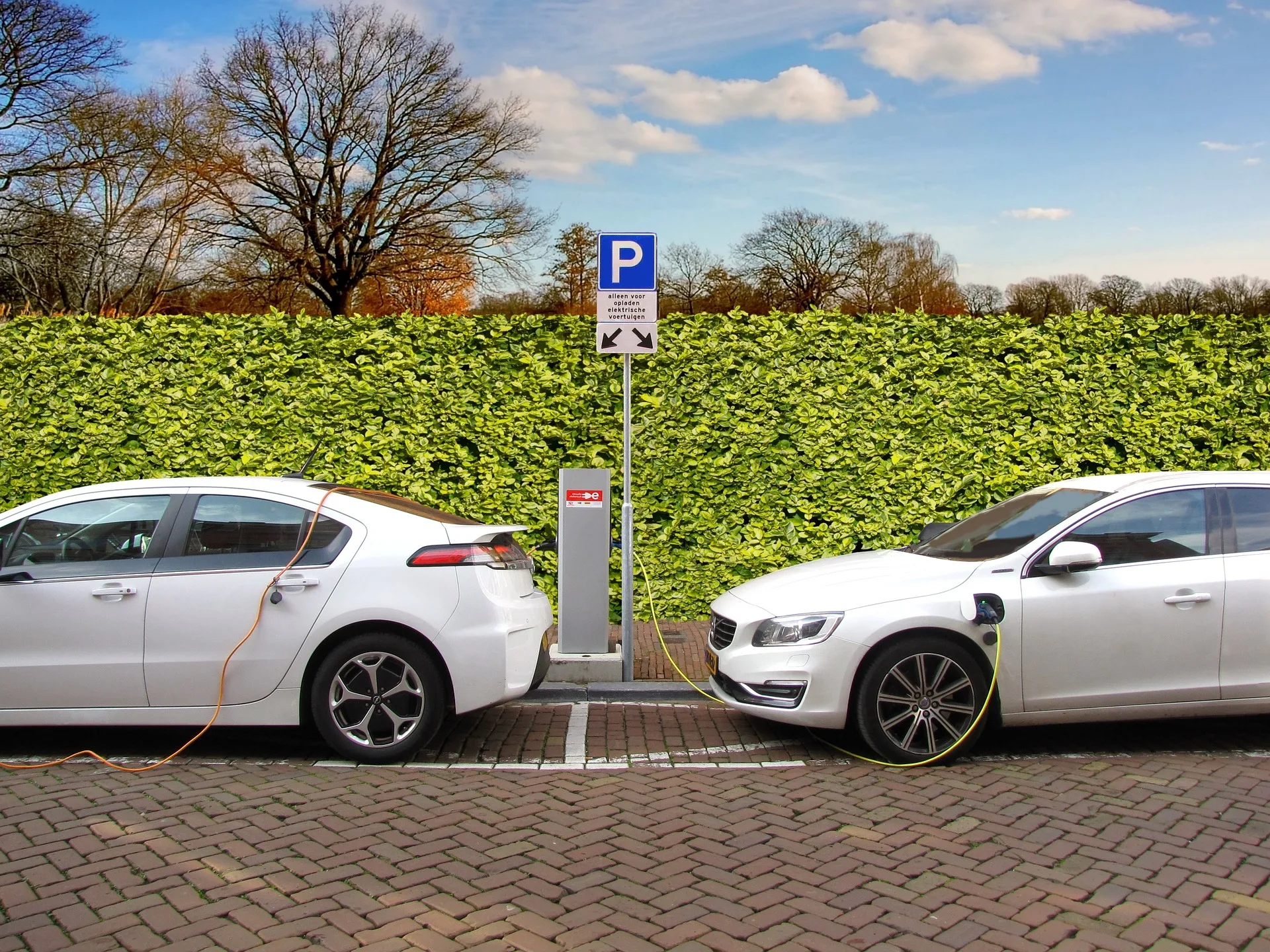The motoring world is changing to electric at an exponential rate. A few days ago, German automaker Volkswagen revealed the ID.2all vehicle concept: a small, battery-powered hatchback that it plans to sell for $26, 600, or less when it goes into production in 2026. This advancement in manufacturing an affordable electric vehicle has sparked conversation. Many believe electric vehicles are better, not just for our health, but for the environment too.
Today, more than four in ten Americans live in places impacted by unhealthy levels of air pollution. Not surprisingly, cars are the leading contributors to unhealthy air. So today, we look at how gasoline cars impact your health, what you can do to counter this, and whether transitioning to electric vehicles is a realistic option.
Beware Air Pollution
Air pollution is the presence of foreign substances in the air that can harm our health. These chemical pollutants in the air can occur in various forms, from gasses and solid particles to liquid droplets. Most air pollution is caused by people, taking the form of emissions from cars, factories, or heavy machinery. This makes it the biggest environmental risk for early death, being responsible for more than 6 million premature deaths each year.
There are three major pollutants that come from cars:
- Particulate Matter: This is a term used for a mixture of solid microscopic particles and liquid droplets found in the air. According to recent data, particulate matter is responsible for nearly 4 million deaths globally, from cardiopulmonary illnesses such as heart disease, respiratory infections, preterm deaths, and even cancer. Health effects include coughing, sneezing, eye, nose, and lung irritation, and the worsening of medical conditions such as asthma and heart disease.
- Carbon Monoxide (CO): According to the Environmental Protection Agency, as much as 95% of CO emissions are from motor vehicle exhausts (formed when fuel is burned by cars). This is so severe that CO is the leading cause of poisoning in the United States. CO is dangerous because it binds to hemoglobin in the blood, thereby reducing the blood’s ability to carry oxygen to bodily organs. Health effects tend to mimic flu symptoms, with headaches, fatigue, irritability, chest pain, low blood pressure, and nausea.
- Nitrogen Dioxide (NO2): When fuel from cars burns, Nitrogen, and Oxygen react with each other, creating Nitrogen Oxides (NOx). Breathing in air with a high NO2 concentration can affect the respiratory system, with health effects including increased airway inflammation, worsened cough and wheezing, reduced lung function, and increased asthma attacks.
The Impact on Health
Almost every organ in the body can be negatively impacted by air pollution. According to the Environmental Protection Agency, if you’re commuting for two hours a day, you’re inhaling hundreds of gallons of pollution-filled air. Due to the small size of these air pollutants, they are able to penetrate into the bloodstream through the lungs. They circulate throughout the body, leading to systemic inflammation.
According to the American Cancer Society, chronic or severe exposure to fuel products made from gasoline, such as diesel and benzene, can cause severe health complications which can affect various parts of the body:
Eyes
Due to the high flow of blood in the eyes, they are especially sensitive to small pollution particles which are constantly emitted from your car. Manifestation of air pollution can range from being minimal with no symptoms to chronic discomfort. The most minimal symptoms include burning, redness, irritation, and watering of the eye.
With prolonged exposure, symptoms may worsen and contain itching and a gritty sensation. In severe cases, conditions such as retinopathy, glaucoma, and cataracts have been seen to rise due to car emissions.
Brain
Ted M. Dawson, M.D., PhD, FAAN, professor of neurology at the Johns Hopkins University School of Medicine says “most people think the brain is a protected area, but we know that it gets exposed through the gastrointestinal tract (from eating) and (the) olfactory system (from smelling)”.
Exposure to high levels of car emissions can increase your genetic risk of certain neurological and cognitive conditions, including:
- memory impairment
- schizophrenia
- ADHD
- dementia
- Alzheimer’s disease
- Parkinson’s disease
Lungs
Since most air pollutants are breathed in, the respiratory system is where air pollution-related diseases are most readily observed. Research has shown that a slew of respiratory impacts from car emissions include higher incidences of lung disease, including chronic obstructive pulmonary disease (COPD), and cancer. Symptoms typically include irritated airways, shortness of breath, and wheezing.
Heart
Cardiovascular disease and death are closely linked to air pollution at the hands of car emissions. Studies have shown that there is a stronger correlation between cardiovascular damage and death after air pollution exposure, in comparison to respiratory diseases.
The impact on your heart health includes an increased risk of heart disease, heart failure, cardiac arrest, and arrhythmia.
Car Manufacturers Phasing In Electric Vehicles

Photo by Erik Mclean
Car manufacturers have become more conscious of the impact their cars have on the environment and our health. This has led to a few of them pledging that their vehicles will be 100% electric within the coming decade. A few of these include:
- Jaguar: 2025
- Audi: 2026
- Mercedes-Benz: 2030
- Bentley: 2030
If there is one less thing to worry about it is that these brands will not compromise on the design of their vehicles. If you are looking to add your own touch to your car, start with changing the rims of the car with powder coated rims.
According to the latest forecast by the investment bank UBS, by 2025, 20% of all new cars sold globally will be electric. That number is projected to hit 40% by 2030. By 2040, virtually every new car sold globally will be electric. If there is one less thing to worry about is the look of the vehicle. These brands will not compromise on the design of their vehicles. While this is definitely a step in the right direction, just how realistic is this?
Countries Set On Making Electric Vehicles Mandatory
California plans to ban sales of new gas cars by 2035, requiring all vehicles to be electric or hydrogen-powered, with more states, including New York and Washington D.C., expected to adopt the ban.
Along with this, Paris is also planning on banning all non-electric vehicles from its roads in 2030. This may seem ideal, but in developing and highly populated countries, the situation is different. There are challenges posed by infrastructure and the supporting environment.
More Electric Cars = More Electricity Production
More electric cars directly equate to more electricity production. The power grid of some of the world’s most populated countries is unclean, depending on coal-fired power plants to provide electricity. The air pollution from these power plants includes sulfur dioxide, nitrogen oxides, particulate matter, and heavy metals which lead to smog, acid rain, and environmental toxins.
Statistics also show that 1.3 billion people across the globe still go without household electricity, which would make powering these vehicles fairly difficult for them. This is why it is so important that countries find alternative sources of electricity that are sustainable and renewable.
Until then, What Can We Do?
Electric vehicles aren’t going to be made mandatory anytime soon, and with the current average price range being $35, 000 – $55, 000, not everyone can make the change at the snap of a finger. So until then, how can you ensure your driving habits aren’t putting you, and the environment, at risk?
According to the United States Environmental Protection Agency (EPA), there are a few changes we can implement into our daily lives to reduce car emissions, because as we’ve established, these are extremely harmful to our health, and the environment too. These include:
- Drive Less: Walk or bike when you can, as this form of exercise benefits your health massively. Other ways to reduce driving include carpooling and planning ahead to make the most of your trips
- Don’t Idle While Driving: Unnecessary idling of cars has been shown to cause increased emissions and waste fuel.
- Drive Steadily: Constant braking and acceleration consume more fuel than driving at a constant speed. So maintaining a constant speed while driving means less fuel consumption, which directly translates to fewer emissions.
- Try to Avoid Rush Hour Traffic: The constant braking and acceleration in rush hour traffic lead to increased fuel consumption. You’re basically trapped in an emissions hotspot with pollutants from a hundred more cars, on top of your own. This can be extremely harmful to your health.
MAIN IMAGE CREDIT: Image by (Joenomias) Menno de Jong from Pixabay
References
- Hsieh, I.Y.L., Chossière, G.P., Gençer, E., Chen, H., Barrett, S. and Green, W.H., 2022. An integrated assessment of emissions, air quality, and public health impacts of China’s transition to electric vehicles. Environmental Science & Technology, 56(11), pp.6836-6846.
- Sacchi, R., Bauer, C., Cox, B. and Mutel, C., 2022. When, where and how can the electrification of passenger cars reduce greenhouse gas emissions?. Renewable and Sustainable Energy Reviews, 162, p.112475.



![women [longevity live]](https://longevitylive.com/wp-content/uploads/2020/01/photo-of-women-walking-down-the-street-1116984-100x100.jpg)










